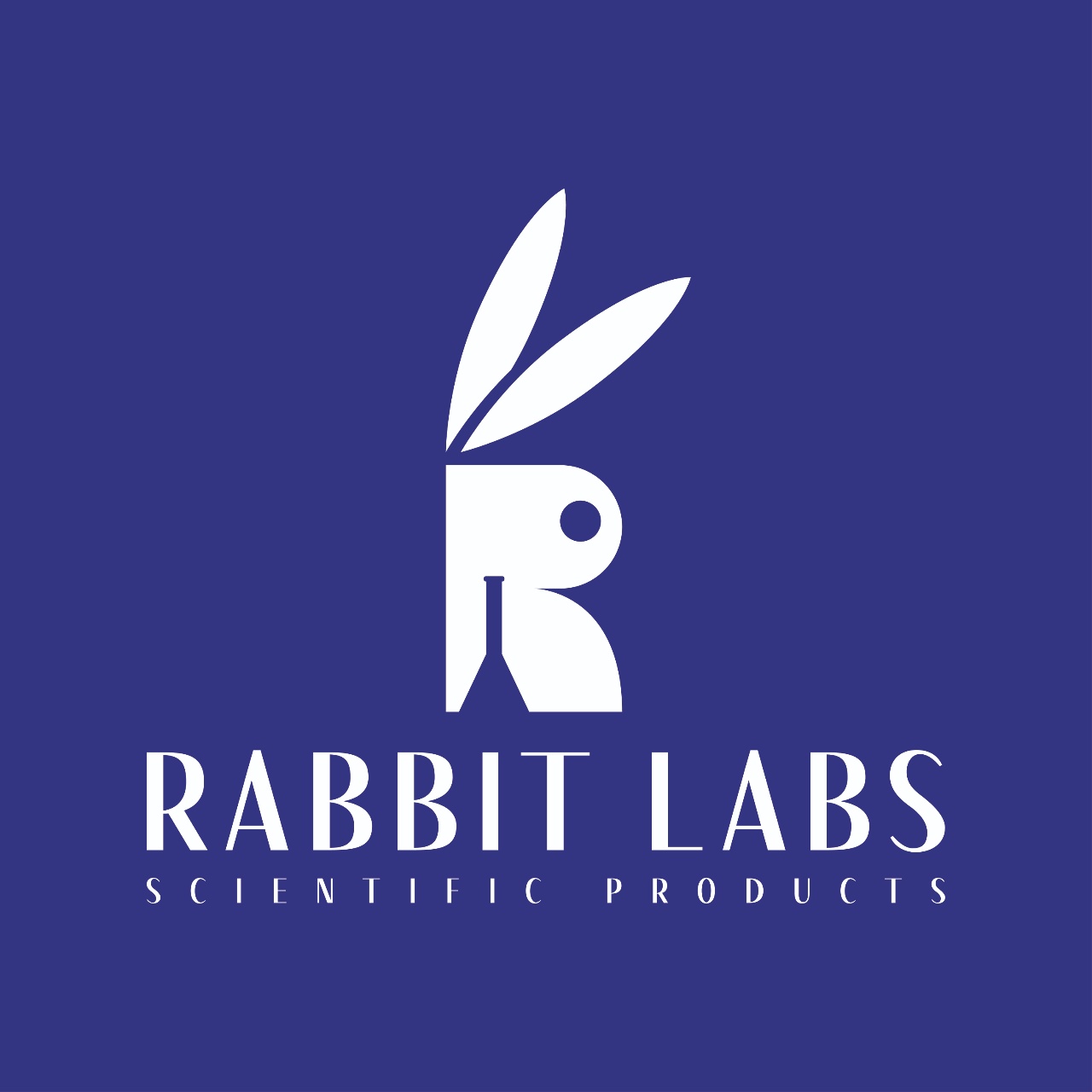
SKU: P2020-118
- Product Name: pro-TGF-beta 1, GFP/His-Tag
- Catalog No.: P2020-118
- RefSeq Links: UniProt: P01137; NP_000651.3; NM_000660.6; PDB: 1KLA
- Synonyms: Latent TGF‑β1, small latent TGF-β1 complex, Transforming growth factor beta-1 proprotein, Latency-associated peptide, Transforming growth factor beta 1, TGF-β1
- Expression Host: human, HEK293
- Formulation: PBS; pH 7.4.
- Format: Liquid, stored and shipped at -80°C
- Purity: > 95% as determined by SDS-PAGE
Precursor of the Latency-associated peptide (LAP) as fusion to GFP and Transforming growth factor beta-1 (TGF-beta-1) chains, which constitute the regulatory and active subunit of TGF-beta-1, respectively.
Transforming growth factor beta 1 or TGF-β1 is a polypeptide member of the transforming growth factor beta superfamily of cytokines. It is a secreted protein that performs many cellular functions, including the control of cell growth, cell proliferation, cell differentiation, and apoptosis.
The transforming growth factor beta-1 is synthesized as precursor consisting of the latency-associated peptide (LAP, 249 aa) and the transforming growth factor beta 1 (112 aa). The precursor is also named small latend complex (SLC) or latent TGF-ß1. The precursor proprotein is cleaved in the Golgi apparatus by Furin, but the disulfide-linked homodimers of LAP and TGF-beta 1 remain non‑covalently associated after secretion.
TGF-ß1 activation from latency is controlled both spatially and temporally, by multiple pathways that include actions of proteases such as plasmin and MMP9, and/or by thrombospondin 1 or selected integrins. Once activated following release of LAP, TGF-beta-1 acts by binding to TGF-beta receptors (TGFBR1 and TGFBR2), which transduce signals.
Mutations within the LAP are associated with Camurati-Engelmann disease, a rare sclerosing bone dysplasia characterized by inappropriate presence of active TGF-beta 1.
'trenzyme' 카테고리의 다른 글
| [Trenzyme] CHO-K1 human XCR1 (0) | 2024.01.15 |
|---|---|
| [Trenzyme] Biotinylated hACE2 Protein (ECD), Avi/His-Tag (0) | 2023.11.16 |
| [Trenzyme] B7-H3 Protein, Human (0) | 2023.09.07 |
| [trenzyme] HEK-F Orco M.musculus Lactadherin (0) | 2023.08.28 |
| [Trenzyme] hGuanylatekinase, His-Tag (0) | 2023.08.21 |




